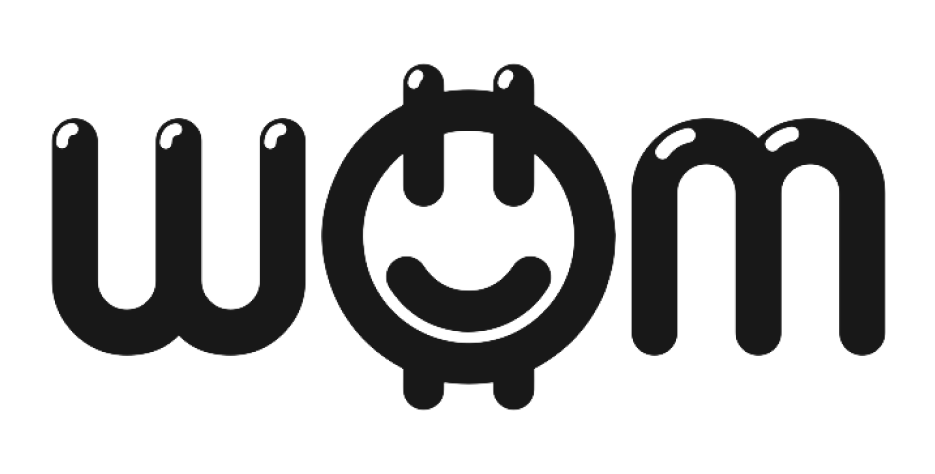Why We’re Replacing Traditional Ads With A More Human Touch
Advertisers have been playing a game of cat and mouse with consumers for too long. If anything, the past few years of living through a pandemic — and the resulting impact this has had on people’s screen-time and ad exposure — has not helped this dynamic:
Digital ad growth rose significantly in 2021 as brands funnelled $189 billion into targeting increasingly digitally active consumers.
In the same year six in ten 18–24 year-olds in the US used ad blockers while on desktop.
So why should brands pour billions into digital advertising, when only 40 per cent of US GenZ consumers on desktop will even see it? At a time whenbudgets are shrinking to fight inflation this is of course the billion dollar question.
The rapid emergence of AI tools and the speed at which low-cost content can now be produced could of course be one answer. New tools that are either free or available as pro upgrades with monthly subscriptions, such as copy.ai, podcastle.ai and invideo.io, make it easier than ever to produce marketing content. From blogs, podcasts and videos, through to social media posts, all of these could be key to scaling content creation to reach and engage young consumers.
As machine-generated content increases, however, so will the need to counterbalance this with content that reaches people on a more relatable and human level. This will become especially true for GenZ, where authenticity is highly valued — after all, as intelligent as machines may be, authentic humans they most certainly are not (yet).
UGC or user-generated content is by far the best route to relatable, authentic — and budget-friendly — content. This article explores the benefits of UGC and the role of the web3 protocol in enabling this as a form of advertising. We’ll also touch on the potential for UGC to become a dominant form of advertising in the future.
Traditional Advertising Is Broken
Today social media platforms are saturated with traditional ads. These ads, which are created and paid for by brands, often appear in users’ feeds alongside posts from their friends and family. While traditional ads can be effective at achieving broadcast diffusion and quickly reaching a large audience, they often suffer from several problems on social media:
Ads can be intrusive and annoying. When users are bombarded with an overwhelming number of marketing messages on a daily basis, they become desensitized and are likely to ignore them or actively block them.
They can be less effective at engaging social media users. Heavily polished and overly key message-laden content lacks authenticity and personal connection. As people turned to social media to maintain their closeness and social connections through the pandemic this became even more jarring. In contrast, posts and content created by users’ friends and family tend to be more engaging and generate more likes, comments, and shares.
Traditional ads can be less effective at building trust with users on social media: Edelman’s 2022 Trust Barometer found that only 8 per cent of consumers actually believe what they see in adverts. In contrast, user-generated content (UGC) — content created by users themselves — is often seen as more trustworthy and authentic.
By leveraging the social networks and communities of users who create and share content, advertisers can reach and engage with their target audience in a more organic and authentic way.
Why UGC Will Replace Ads
We built the WOM Protocol to replace traditional ads with user-generated content as a way to better align the values of all participants in the advertising industry: content creators, platforms, users and brands. Rather than creating a cat and mouse dynamic between consumers and brands we believe that UGC offers a mutually beneficial way to reward users for their value, while supplying brands with non-intrusive and credible content.
Benefits Of Using User-Generated Content As Ads
Given the problems with traditional ads on social media, many brands are turning to user-generated content as a more effective way to reach and engage their audience.
User-generated content has several benefits as an advertising strategy on social media:
Authenticity: 90% of consumers say that UGC is a key factor in their purchasing decisions
Engagement: Consumers are 4 times more likely to view UGC as authentic compared to content created by a brand
Trustworthiness: 75% of consumers say that UGC helps them make more informed purchase decisions
Cost-effectiveness: UGC can increase conversions by up to 10% and can lead to a 29% increase in web traffic and a 41% increase in revenue
Incentivizing User-Generated Content
User-generated content is the promising alternative to the adverts that GenZ spend most of their time avoiding, as well as the machine-generated content that by-default cannot be authentic.
Traditional ads are effective at reaching a large audience and cascading from one to many quickly, but they are also seen as intrusive, less engaging, and less trustworthy.
We believe UGC will play a pivotal role in the future of advertising and bank on this becoming the smart, cost-effective way to bring the human touch back to brand marketing.

